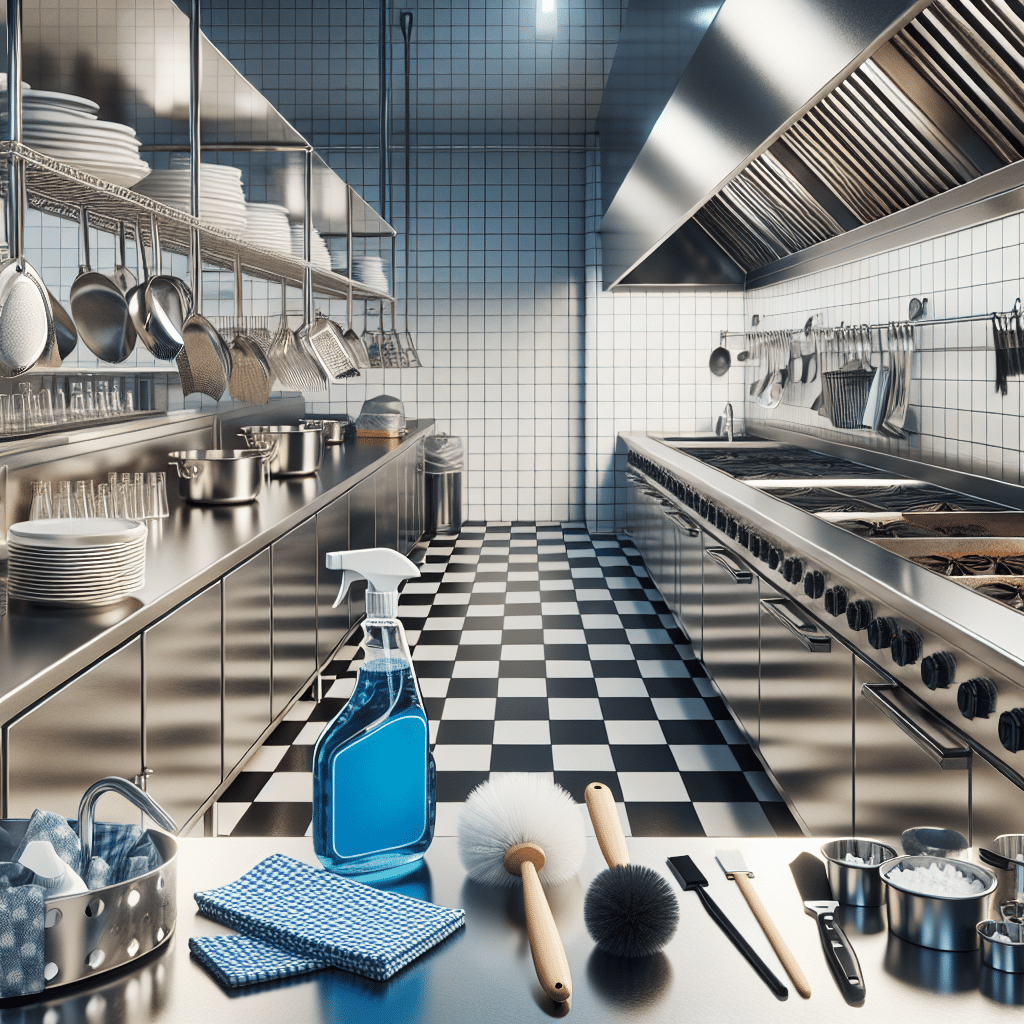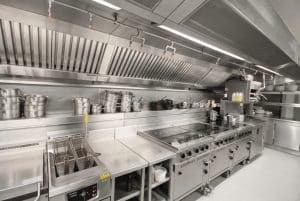At Utah Hood Cleaning, we know how important it is for homeowners to maintain their Kitchen Exhaust systems. A clean Exhaust system reduces fire hazards and enhances air quality. But hiring professionals isn’t always necessary! That’s why we’ve put together this guide brimming with tips and tricks for a DIY approach. Our insights will empower you to keep your kitchen both safe and clean.
Understanding the Kitchen Exhaust System
Before diving in, it’s essential to understand what you’re working with. The kitchen exhaust system includes several components that help vent smoke and odors out of your home. Regular maintenance can prolong its life and effectiveness.
The primary parts include the hood, filters, ductwork, and fan. Each of these components requires unique attention, and knowing how they function will help ensure you don’t overlook any critical cleaning step.
Safety Precautions First!
Safety should never take a back seat, especially during DIY projects. There are a few key measures to remember before you roll up your sleeves.
Ensure the exhaust system is turned off and allow all components to cool down. Use appropriate protective gear, like gloves and goggles, to protect against Grease and debris. Lastly, always have a sturdy ladder on hand if reaching high areas.
The Importance of Regular Cleaning
Over time, grease can accumulate and cause several issues. This not only leads to poor air quality but also presents a significant fire risk. Regular cleaning keeps your kitchen safe and ensures that your exhaust system works efficiently.
Set a schedule that suits the level of your kitchen use. We recommend a monthly clean for households that engage in heavy cooking, while lighter use may only necessitate quarterly attention.
Tools You’ll Need
Having the right tools on hand can make the job easier and more effective. Here’s a list of essential equipment to gather before you start.
A degreaser is crucial for breaking down built-up grease effectively. You’ll also need scrub brushes, a bucket of hot soapy water, a microfiber cloth, and an old toothbrush for detailed work. With these in hand, you’re ready to tackle even the dirtiest jobs.
Cleaning the Hood
Start by tackling the visible parts of your kitchen exhaust—the hood. This is often the easiest part to clean and can make an immediate visual difference.
Spray the hood surface with a degreaser and let it sit for five minutes. Wipe it down with a cloth and follow up with a gentle dish soap scrub. Don’t forget the underside where more grease tends to accumulate!
Filters Are Important
Filters play a critical role in catching grease and debris. Therefore, cleaning them well can significantly improve the air quality in your kitchen.
Remove the filters carefully and submerge them in hot, soapy water. Use a brush to scrub away any stubborn grease, rinse, and allow them to thoroughly dry before reinstalling. This process can dramatically boost your kitchen’s cleanliness.
Tending to the Ductwork
Cleaning ductwork may sound intimidating, but it’s vital to preventing grease buildup in unseen areas. Although it’s a less frequent task, it shouldn’t be neglected.
If comfortable doing so, disassemble duct segments for a thorough clean. Use a flexible brush to dislodge debris and ensure they’re clear of blockages. Alternatively, a vacuum can also be effective for this purpose.
Fan Maintenance Steps
Maintaining the fan ensures that it operates efficiently. It’s often the workhorse of your exhaust system, so it deserves some dedicated attention.
Carefully remove and clean the fan blades with a degreaser. Be sure they are free of grime, as dirty blades can hinder performance. Reassemble everything securely to guarantee optimal functionality.
5 Key Tips for Success
- Create a schedule—Regular cleaning intervals make the task manageable and prevent overwhelming buildup. Determine your cleaning frequency based on your cooking habits.
- Use appropriate cleaners—Ensure you’re using degreasers and products safe for your system’s materials to avoid damage.
- Inspect as you clean—Keep an eye out for any signs of wear or damage, like rust or loose parts, and address them promptly.
- Stay safe—Always prioritize safety with protective gear and awareness of your surroundings to prevent accidents.
- Seek help if needed—If any component seems beyond your skill level, don’t hesitate to consult a professional to avoid costly errors.
Final Thoughts
Cleaning your kitchen exhaust system can be a satisfying and cost-effective task when done correctly. With the right approach, you ensure a safer, cleaner home environment.
Should you ever feel overwhelmed or need assistance, remember, Utah Hood Cleaning is here to help with any maintenance needs. Contact Us by phone at 801-853-8155 or Request a Free Quote.




